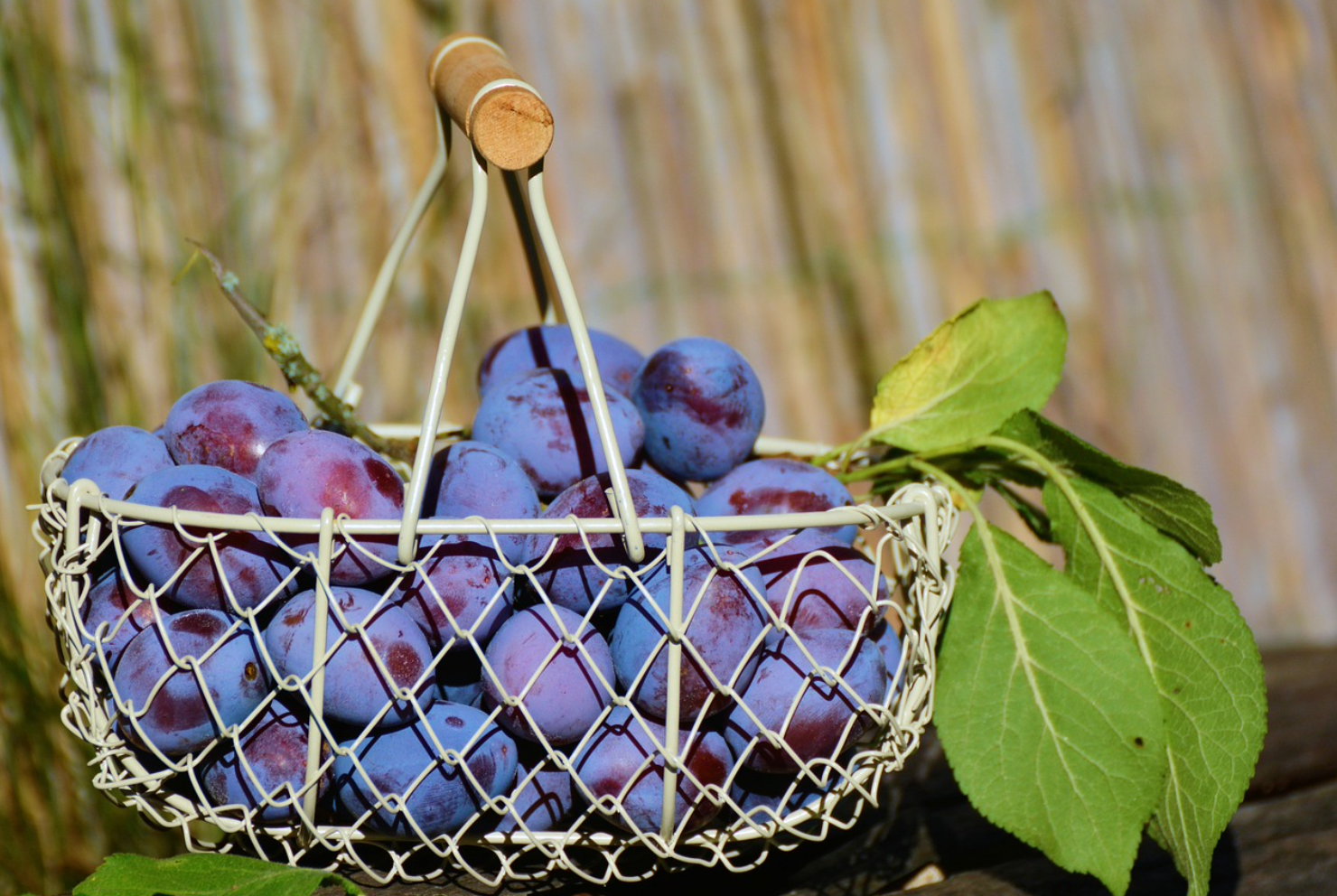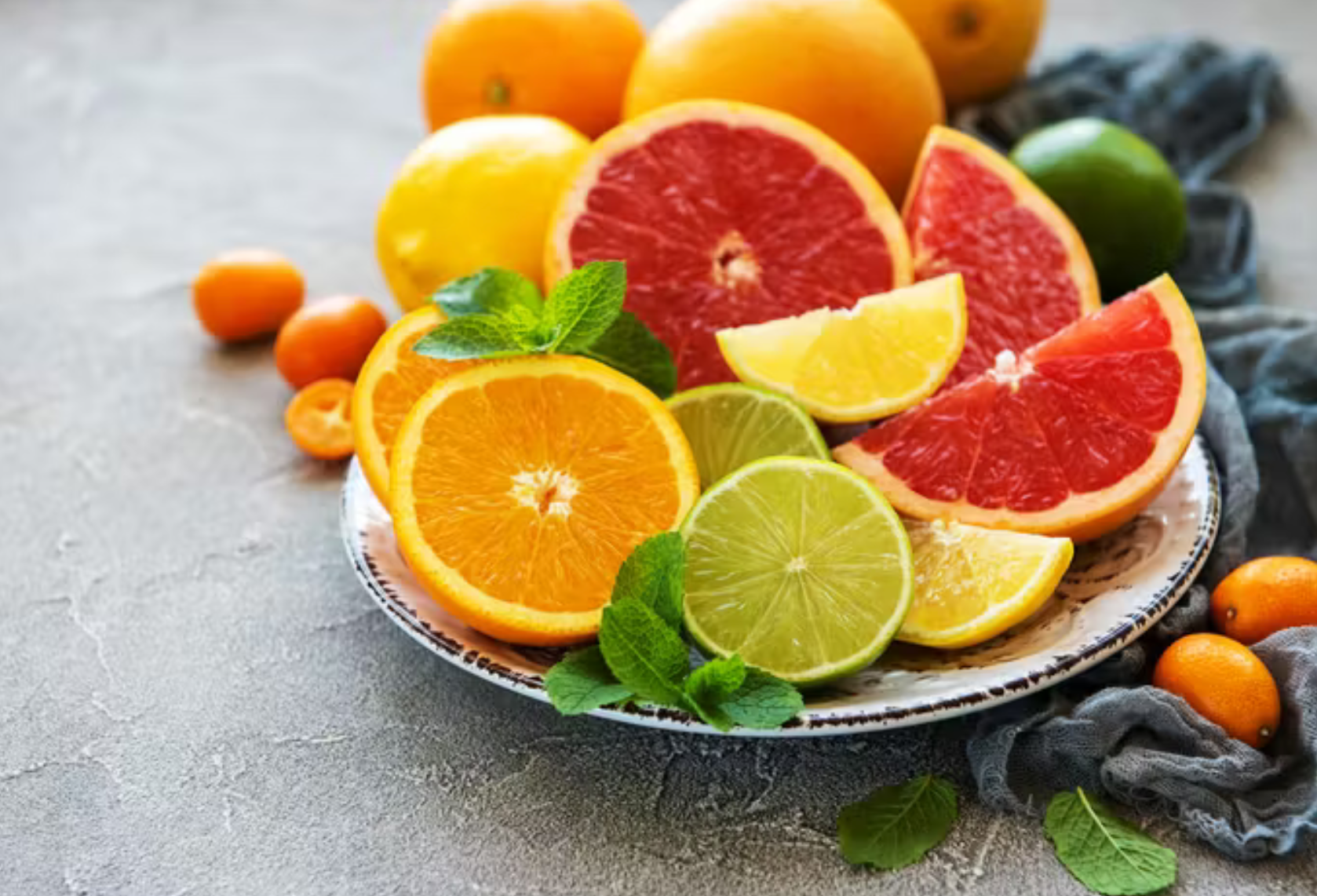Maintaining a Healthy pH Balance Through Diet and Lifestyle.
Learn about the impact of acidic and alkaline foods on your body and how emotions can influence pH levels. Have direct access to an easy to use list with pH values of common foods.
The human body is a finely tuned system, and one of its most delicate balances is its blood pH level. Ideally, human blood maintains a slightly alkaline pH of 7.365. On the pH scale, 7 is neutral, values closer to 0 are highly acidic, and values approaching 14 are strongly alkaline.
When blood becomes too acidic, red blood cells tend to clump together, reducing their ability to deliver oxygen efficiently to tissues. This can lead to fatigue, low energy, and poor cellular health. By contrast, a more alkaline blood pHsupports freely flowing, rounded red blood cells, optimizing oxygen transport and energy levels.
The Role of Diet in pH Balance
The foods we eat leave behind alkaline or acidic residues after digestion. Over time, these residues influence the body’s internal environment.
A predominantly alkalizing diet helps support healthy digestion, optimal blood quality, better brain function, and improved overall wellness.
A diet too high in acidifying foods can create a toxic internal environment, encouraging the spread of germs and disease while also forcing the body to draw calcium and other alkaline minerals from bones and tissues to restore balance.
Experts often recommend aiming for a balance of:
70–80% alkalizing foods
20–30% acidifying foods
This ratio helps maintain internal stability without being overly restrictive.
Emotional States and pH
It’s not just food that affects pH balance—emotional states play a role as well.
Negative emotions such as anger, fear, anxiety, and resentment are linked to increased acidity.
Positive emotions such as love, gratitude, peace, and contentment tend to have an alkalizing effect.
This highlights the importance of addressing both diet and lifestyle for maintaining balance.
Alkalizing vs. Acidifying Foods
Alkalizing Foods (70–80% of the Diet)
Alkalizing foods are typically plant-based, nutrient-dense, and anti-inflammatory. Examples include:
Vegetables: Spinach, kale, Swiss chard, broccoli, cucumbers, celery, cabbage, Brussels sprouts
Fruits: Lemons, oranges, berries, apples, pears, ripe bananas, watermelon
Herbs & Spices: Garlic, ginger, turmeric, parsley, cilantro, basil, cinnamon
Other: Almonds, chia seeds, flaxseeds, tofu, tempeh, seaweed, green tea
Acidifying Foods (20–30% of the Diet)
These foods are not inherently “bad,” but they should be eaten in moderation to avoid overwhelming the body’s buffering systems. Examples include:
Animal Proteins: Beef, poultry, fish, eggs, dairy products
Grains: Wheat products, rice, oats, corn
Processed Foods: Sugary snacks, packaged foods, refined oils, processed meats
Balance and Moderation
The key is not elimination but moderation. Acidifying foods can provide essential nutrients such as protein and healthy fats, but they should be complemented with a higher intake of alkalizing foods.
By maintaining this balance, you can:
- Support healthy digestion
- Reduce inflammation
- Improve energy levels
- Promote long-term wellness
Example pH Food List
Below are some sample pH values of foods, showing their relative alkalizing (+) or acidifying (–) potential (values are approximate):
Highly Alkalizing: Cucumber (+31.5), wheatgrass (+33.8), soy sprouts (+29.5), spinach (+13.1), avocado (+15.6), lemon (+9.9)
Mildly Acidifying: Brown rice (–12.5), walnuts (–8.0), blueberries (–5.3), coffee (–25.1), chicken (–18 to –22), pork (–38.0)
This illustrates why a plate filled mostly with vegetables, fruits, and fresh plant-based foods—balanced with smaller portions of grains and proteins—supports optimal pH levels.
Final Note
Maintaining a healthy internal pH is about diet, emotions, and lifestyle working together. Prioritize alkalizing foods, balance them with moderate amounts of acidifying foods, and cultivate positive emotional states to help your body function at its best.
Disclaimer: This article is for informational purposes only. It is not a substitute for professional medical advice, diagnosis, or treatment. Always consult a qualified healthcare provider before making significant dietary or lifestyle changes, especially if you have underlying health conditions.




